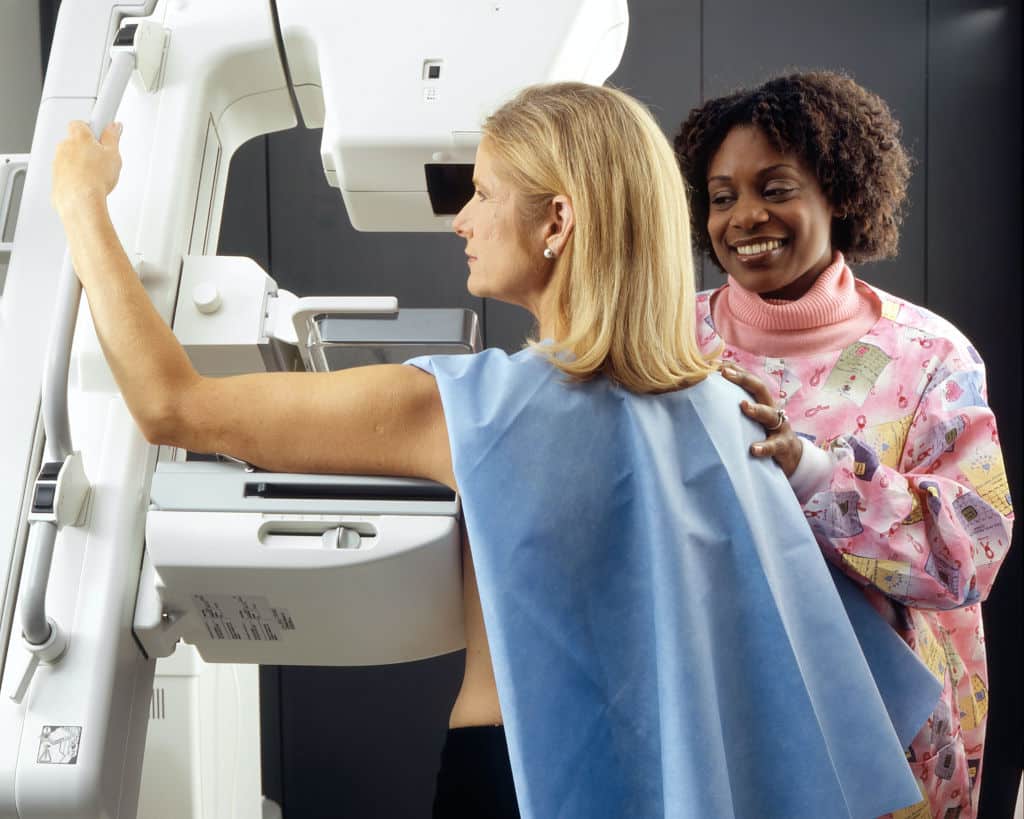Breast cancer litigation has proven to be costly for the parties involved. A study of 253 breast cancer-related cases from 2005 – 2015 by M. V. Lee (2020) showed that multi-million dollar payouts were common when it comes to settlements for such cases.
An example is a 2019 case involving a registered nurse in Florida who got $21.5million in damages as the defendant. Her medical provider failed to diagnose her breast cancer early enough, leading to a much worse incurable terminal stage IV breast cancer. Also, in 2021, the family of a deceased in New York got a settlement of $2.1million after it was proven that the defendant’s negligence led to her death from metastatic breast cancer.
Common Causes of Breast Cancer Litigation
Like other cases of medical malpractices, there are common causes of breast cancer litigation. Some examples include; failure to diagnose breast cancer early enough, failure to properly perform adequate procedure upon detection, and delay or denial of acceptable procedure upon detection.

In an article published in the National Library of Medicine by Murphy(2018), a study of 264 breast cancer litigation cases (cases from 2000 to 2017) showed that of the causes of breast cancer litigation, delay in breast cancer diagnosis was the most common with 159 cases(59.1%), followed by improperly performed procedures with 26 cases (9.8%).
Winning Cases With Courtroom Animation
The procedures and terms associated with treating breast cancer are complex enough for a layman in a non-medical setting to wonder what is being discussed. What better way to explain a series of complex events to a jury than courtroom animation?
According to an article published by The American Bar Association, it was established that courtroom animation is on the rise, and it has a positive impact on the jury by helping them understand and retain essential arguments and evidence.
In a breast cancer case, procedures like mammography and breast biopsy can be illustrated with the aid of courtroom animation to show surgical errors and the right way to carry out these procedures. The onus then lies on the attorney to use courtroom animation to establish that the error in surgical procedure led to more damage and that, if the procedure had been done differently, the risk could have been reduced.
Also, courtroom animation can illustrate how breast cancer grew in size.
An example is the case of Mammarella v. Evantash. In this case, a screening mammogram showed that the plaintiff had two nodules on her breast, which were 6mm in dimension as of October 13, 2009. By April 22, 2010, another screening showed that the nodule had grown to 8mm, and by May 27, 2010, the tumor was determined to have grown to 11mm in size.
With the aid of courtroom animation, it can be explained to the court that a delay(negligence) on the part of the defendant has increased the severity of her cancer and that, if the defendant had taken action early enough, the growth could have been stopped and the nodule removed.
In conclusion, as an attorney, you should consider using courtroom animation as a visual litigation strategy during trial. Not only will it help your medical expert witness in explaining their arguments, but it also goes a long way in providing clarity of your evidence and arguments to the jury.






